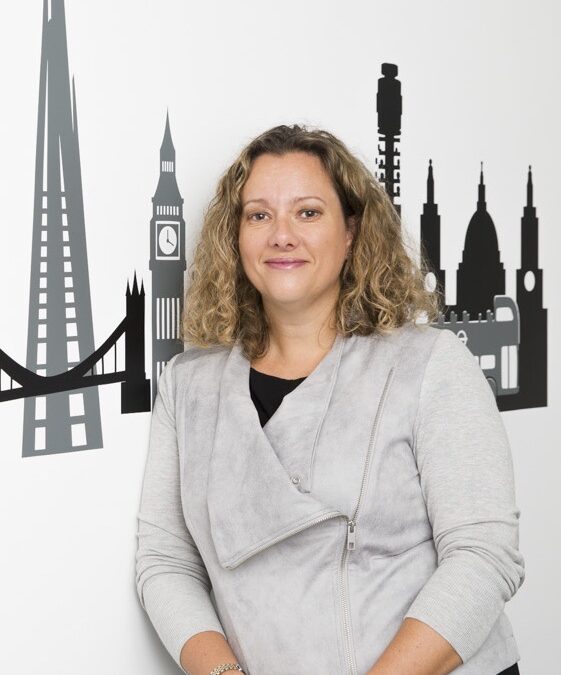The Government has been providing advice for different sectors as they prepare for employees to return to the office.
Whilst specific advice can be found on the government website, we caught up with Karen Holden, founder and managing director of A City Law Firm, to hear about the main points employers should consider as this time approaches:
COVID-19 Risk Assessment
When introducing staff back into the workplace, a detailed risk assessment specific to the COVID-19 outbreak should be carried out if it has not been undertaken already. This risk assessment should be done in consultation with staff and findings must be shared with all employees. The risk assessment should be dynamic and change as and when it is needed. It is always recommended to document this.
As an employer, the absolute minimum you are required to do by law is:
- identify what could cause injury or illness in your business (hazards);
- decide how likely it is that someone could be harmed and how seriously (the risk); and
- take action to eliminate or control the hazard.
The Health and Safety Executive have produced detailed guidance on how to get this risk assessment started and the major things to consider. (HSE Government)
Hygiene Procedure
It is highly recommended that any Employer ensures that there are clear cleaning and hygiene procedures in place before employees return. No step towards safety is too far.
Clear training should be given on how to effectively wash hands and comply with the employer’s hygiene procedures and extra attention should be taken to ensure soap and hand sanitizer is readily available to employees.
Home Working
As most employers have been doing, home working is on the rise and has proven to help stop the spread of COVID-19. This should be kept up for as long as possible in line with Government guidance and correct policies must be in place to ensure this runs smoothly.
Employees should have access to the correct equipment and technology to allow them to do their job effectively. Most importantly, frequent communication channels should be open to ensure employees are both physically and mentally looked after.
Social Distancing
Clear policies need to be in place to ensure that a 2m gap can be achieved at work. This may include signage and frequent reminders. Shared workstations should be avoided and working from home should be encouraged.
Some sectors will struggle to maintain a 2m distance. In this instance, screens and barriers should be implemented as well as the readily available access to PPE. Creating ‘work families’ where employees work with the same people each day may aid in managing transmission.
Keep Furlough Records
Both employees and employers should retain the following furlough records as a minimum to ensure transparency and aid in potential disputes:
- Amount claimed;
- Reference number;
- Calculations; and
- Hours worked (if flexibly furloughed)
Written by Karen Holden, A City Law Firm

